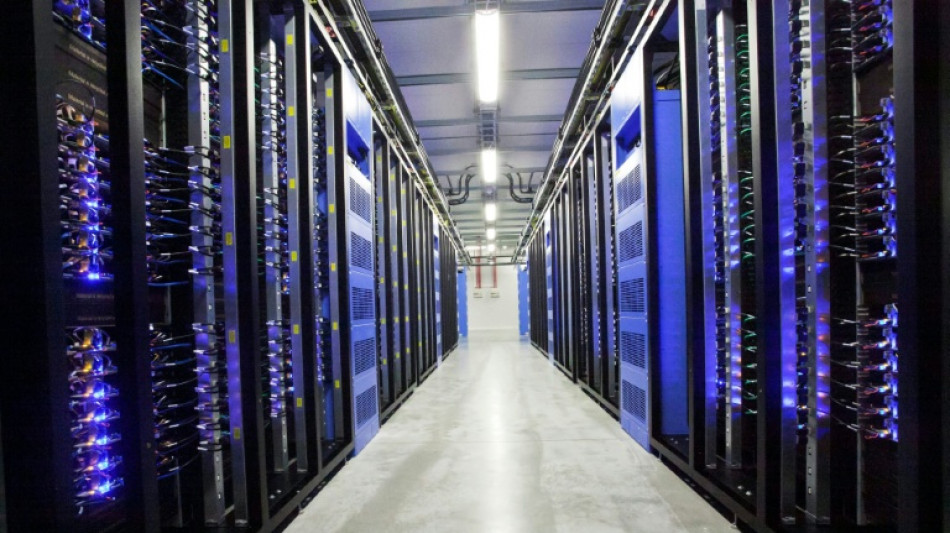
Servers, software and data: how the cloud powers the web

The outage that hit the world's leading cloud provider Amazon Web Services on Monday has highlighted global reliance on the technology, which offers businesses on-demand IT resources without heavy investment in expensive server farms.
In its most widespread form, the so-called "public" cloud relies on shared data centres, where clients hire IT capacity. The "private" cloud", on the other hand, consists of dedicated machines reserved for a single company.
The United States dominates the global market for cloud computing.
AWS held 30 percent of the market share in the second quarter of this year, followed by Microsoft Azure (20 percent) and Google Cloud (13 percent), according to the Synergy Research Group.
These three firms have been dubbed "The Big Three".
The AWS outage made part of the global internet and applications inaccessible for several hours on Monday, preventing millions of people from logging on to sites such as Snapchat, Fortnite, Airbnb and Reddit.
Other players, such as the US firms Oracle, IBM, Salesforce or Akamai, as well as Chinese giants Alibaba, Tencent and Huawei, share parts of a rapidly growing market, with significant barriers to entry.
In Europe, France's OVHcloud is one of the main providers.
In 2023, 43 percent of businesses in the European Union used cloud services, mainly for email, file storage and office or cybersecurity software.
Adoption varies by size: 78 percent of large companies with more than 250 employees use the cloud compared to 42 percent of small businesses (10-49 staff), according to a study of 161,000 companies published by Eurostat.
- Foreign giants -
There are three distinct major models of cloud services. In all cases, providers handle the installation of services, storage drive and network connections in data centres across the world, which consume huge amounts of energy daily.
The most popular model -- Software as a Service or SaaS -- allows the direct use of online apps such as Gmail, Zoom, Teams or Slack.
In 2023, 96 percent of EU cloud client companies bought at least one SaaS service
In the case of Infrastructure as a Service or IaaS, businesses hire resources with only minimal pre-configured settings to install their own software.
The third -- Platform as a Service of PaaS -- is an intermediate model, where the client can outsource not only the management of the infrastructure but also part of the software that runs their apps.
PaaS is the least adopted model in the EU, with 26 percent of cloud client companies using it.
Despite the growth in the European market, local providers have seen their share of the market shrink in recent years and captured by foreign giants known as "hyperscalers".
Hyperscalers are able to finance the construction of ever more data centres, even if the return on investment takes time.
Significant amounts are at stake as the construction of large data centres can exceed a billion dollars.
Q.Rios--HdM

 London
London

 Manchester
Manchester
 Glasgow
Glasgow
 Dublin
Dublin
 Belfast
Belfast
 Washington
Washington
 Denver
Denver
 Atlanta
Atlanta
 Dallas
Dallas
 Houston Texas
Houston Texas
 New Orleans
New Orleans
 El Paso
El Paso
 Phoenix
Phoenix
 Los Angeles
Los Angeles



